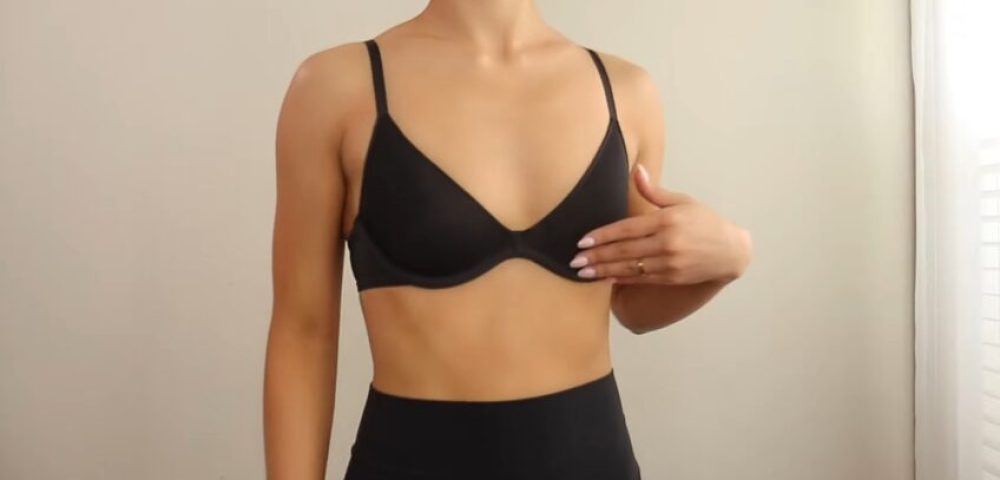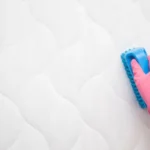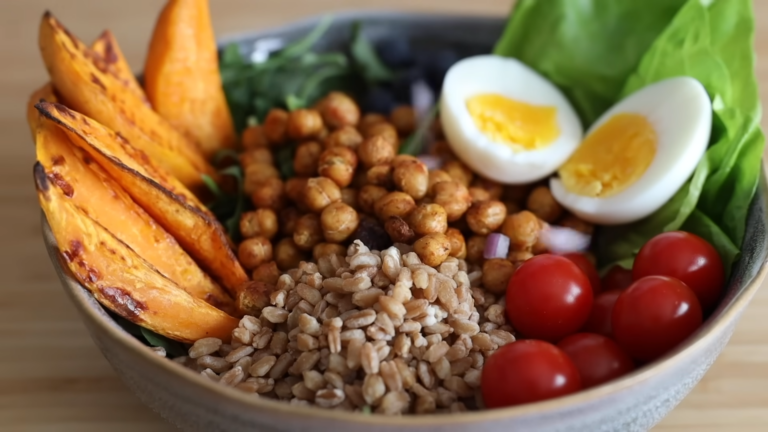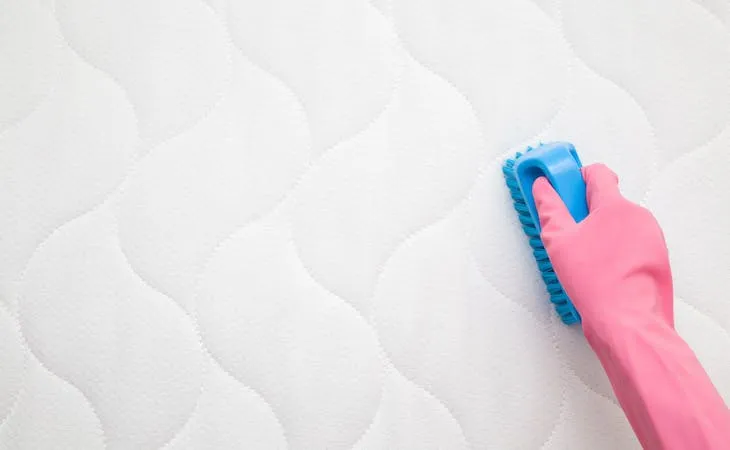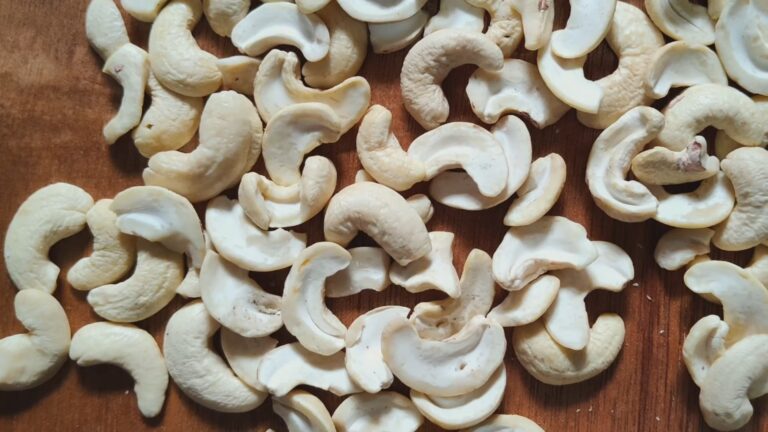Are you grappling with the annoyance of underboob rashes? If so, you’re not alone. Underboob rashes are a common concern that many individuals experience, often resulting in itching, redness, and discomfort.
The good news is that understanding the underlying causes can pave the way for effective treatment and prevention. From the friction caused by clothing and moisture accumulation to heat and skin sensitivities, there’s a multitude of reasons why these rashes occur.
By identifying the root causes, you’ll be better equipped to tackle the issue head-on. We’ll empower you with seven invaluable tips to treat them. No matter your lifestyle or preference, there’s likely a solution that suits you.
So, if you’re tired of the discomfort and eager to regain your skin’s health and comfort, join us. Your journey to relief starts here!
Page Contents
What is an Underboob Rash?
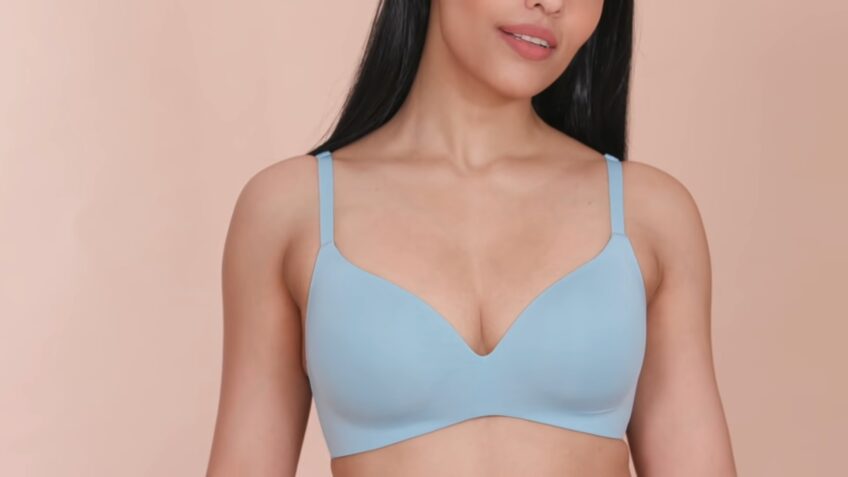
An underboob rash refers to any inflammatory reaction or irritation that occurs beneath the breasts. This condition can manifest as redness, itchiness, flaking, or even a burning sensation.
While it’s a common issue, especially among women with larger breasts, it’s essential to identify its cause to treat it effectively. Recognizing the symptoms early on can help in addressing the issue promptly and preventing further complications.
Why is this Area Vulnerable?
The underboob region is a unique area of the body. It’s often enclosed, experiences regular movement, and can trap sweat, making it a hotspot for skin issues. The skin here is delicate and can easily become irritated by various factors, from sweat to the type of fabric in your bra.
Moreover, the natural shape and positioning of breasts can create a fold, especially in larger-breasted individuals. This fold can trap moisture, dead skin cells, and bacteria, leading to a conducive environment for rashes and infections. Being aware of these vulnerabilities can help in taking preventive measures.
Common Causes
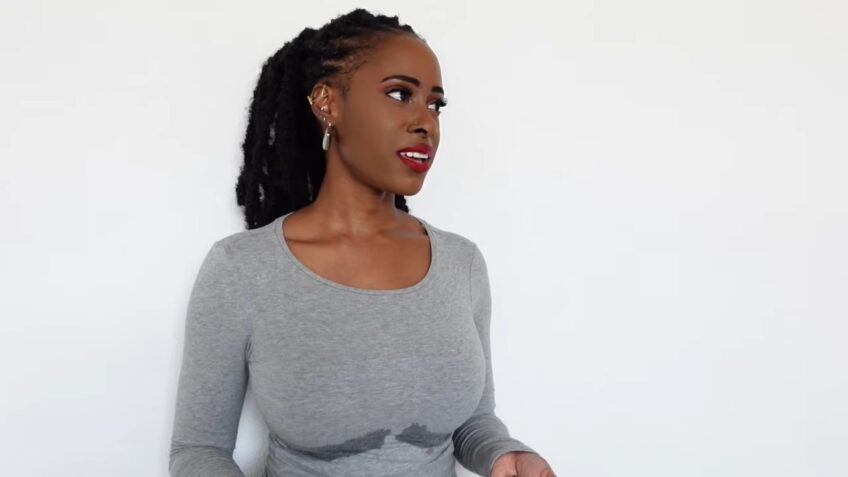
Sweat and Friction
One of the primary causes of underboob rashes is the combination of sweat and friction. When you engage in physical activities, sweat can accumulate beneath the breasts. If not dried or cleaned promptly, this moisture can irritate the skin, especially when combined with the constant rubbing against clothing or bras.
This friction can lead to a condition known as intertrigo. Intertrigo is a rash that occurs in skin folds, resulting from the combination of moisture, warmth, and friction. It can be red, raw-looking, and may even ooze in severe cases. Keeping the area dry and reducing friction can help in preventing this condition.
Infections
The warm and moist environment beneath the breasts can be a breeding ground for fungi and bacteria. Candida, a type of yeast, is a common culprit behind fungal infections in this area.
These infections can cause a red, itchy, and sometimes painful rash. Bacterial infections can also occur, leading to symptoms like redness, swelling, and even a foul odor. It’s essential to maintain proper hygiene and ensure the area is dry to prevent these infections.
If you suspect an infection, it’s crucial to consult a healthcare professional for appropriate treatment.
The Impact of Clothing and Bras
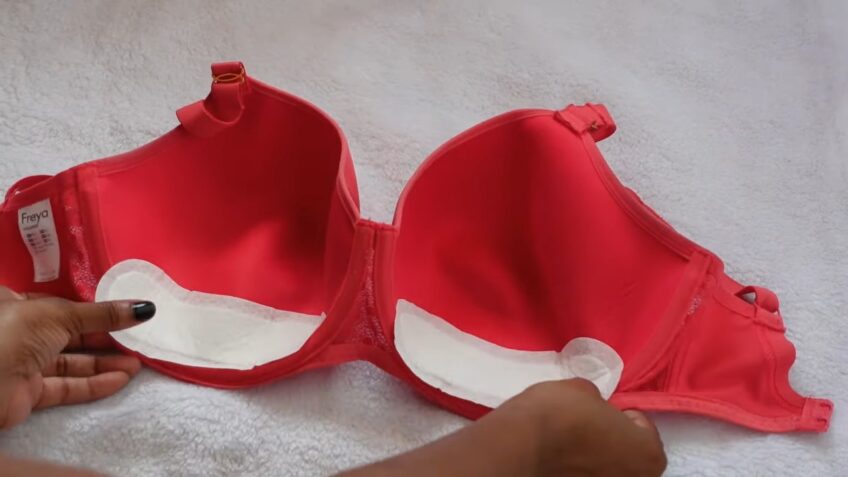
Your choice of clothing, especially bras, plays a significant role in the health of the skin beneath your breasts.
The Role of Bras
Bras provide support and shape, but if not chosen wisely, they can be a significant contributor to underboob rashes. A bra that’s too tight can cause excessive friction, while one that’s too loose might not provide adequate support, leading to more movement and chafing.
Moreover, the material of the bra is crucial. Synthetic fabrics can trap moisture, while natural, breathable materials like cotton can help in keeping the area dry. It’s also essential to ensure that the bra is cleaned regularly to prevent the buildup of bacteria and fungi.
Clothing Considerations
Just like bras, the type of clothing you wear can impact the health of the skin beneath your breasts. Tight-fitting tops can increase friction, especially during physical activities. On the other hand, loose clothing might not provide enough support, leading to more movement and potential chafing.
Dietary and Allergic Factors
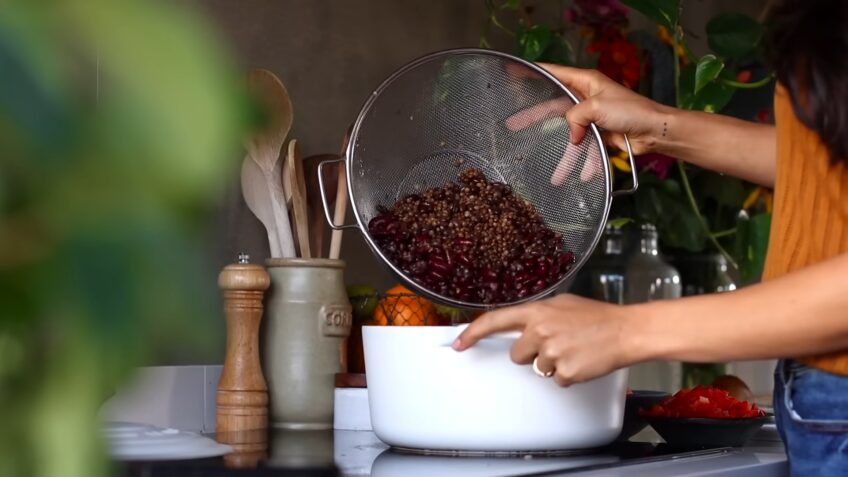
While external factors like clothing play a significant role, internal factors, including diet and allergies, can also contribute to this condition.
Dietary Influences
Your diet can influence the health of your skin. Consuming foods that you’re sensitive to can lead to skin reactions, including rashes beneath the breasts. For instance, some people might experience skin flare-ups when they consume dairy or gluten.
Moreover, a diet high in sugars and processed foods can promote the growth of yeast, potentially leading to fungal infections in moist areas like the underboob region. It’s essential to monitor your diet and observe if certain foods correlate with skin flare-ups.
If you suspect a dietary influence, consider consulting a nutritionist or dermatologist.
Allergens and Irritants
Allergic reactions to products applied to the skin, such as lotions, perfumes, or even laundry detergents, can cause rashes. The underboob area, being sensitive, can react to these allergens, leading to itchiness, redness, and discomfort. It’s crucial to identify potential irritants.
Opt for hypoallergenic products, especially those applied directly to the skin. Also, ensure that any new product is patch-tested on a small skin area before full application to prevent widespread allergic reactions.
Hormonal and Medical Causes
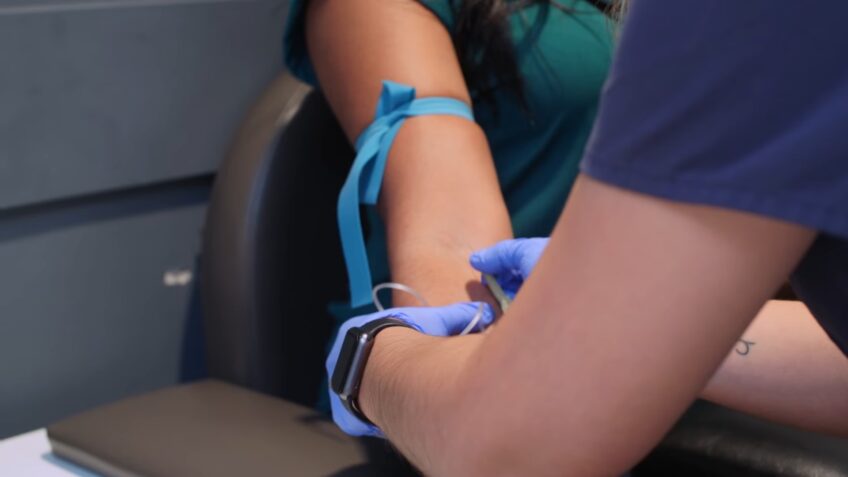
Beyond external irritants and dietary factors, internal bodily changes, especially hormonal fluctuations, can influence skin health.
Hormonal Fluctuations
Hormonal changes, especially during menstruation, pregnancy, or menopause, can influence skin sensitivity and its reaction to external factors. Increased hormone levels can lead to more sweat production, making the underboob area more prone to moisture-related issues.
Moreover, hormonal imbalances can alter the skin’s pH, making it more susceptible to bacterial and fungal infections. Being aware of these changes and taking preventive measures during these periods can help in managing and preventing rashes.
Underlying Medical Conditions
Certain medical conditions, like diabetes, can make individuals more prone to skin infections due to altered immune responses and increased blood sugar levels. Similarly, conditions that compromise the immune system can make the skin more susceptible to bacterial and fungal infections.
If you have a persistent rash that doesn’t respond to conventional treatments, it might be linked to an underlying medical condition. In such cases, consulting a healthcare professional is crucial to get a proper diagnosis and treatment.
| Medical Condition | Description and Impact |
|---|---|
| Candidiasis | A fungal infection caused by Candida yeast. Flourishes in warm, moist areas like under the breasts. Leads to redness, itching, and a rash with distinct borders. |
| Heat Rash | Also known as prickly heat, occurs due to blocked sweat ducts. Causes small, itchy bumps and discomfort, often exacerbated by tight clothing. |
| Allergic Dermatitis | Skin reacts to allergens like fabrics, detergents, or lotions, causing redness, itching, and rash formation. |
| Psoriasis | Chronic autoimmune conditions cause rapid skin cell buildup, resulting in thick, scaly patches that can be itchy and uncomfortable. |
| Eczema | Chronic inflammatory skin condition, often genetically linked. This leads to dry, itchy, red, and inflamed skin, increasing vulnerability to rashes. |
| Contact Dermatitis | Skin reacts to direct contact with irritants or allergens, causing redness, itching, and rash. |
| Intertrigo | Skin folds rub against each other, creating a warm, moist environment that encourages fungal or bacterial growth and rash development. |
Prevention is Better than Cure
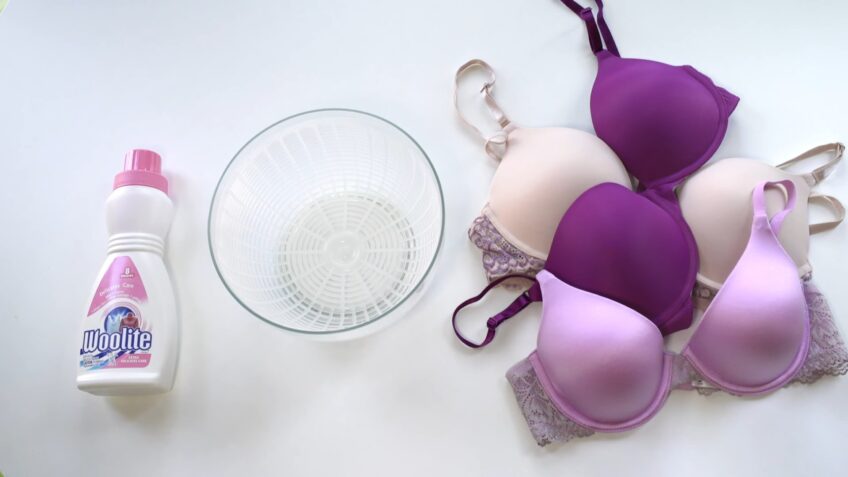
While treating underboob rashes is essential, taking steps to prevent them from occurring in the first place can save you discomfort and potential complications. Here are some preventive measures to consider.
Daily Hygiene Practices
Maintaining proper hygiene is the first step in preventing these. Ensure that the area is cleaned daily with mild soap and water. After washing, it’s crucial to dry the area thoroughly, as trapped moisture can lead to rashes.
Consider using a soft cloth or towel to pat the area dry. For those who are more prone to sweating, using an antifungal powder can help in keeping the area dry and prevent fungal growth.
Choosing the Right Products
As discussed earlier, the products you use can either help in preventing rashes or exacerbate them. Opt for hypoallergenic lotions and creams. When choosing antiperspirants, look for those designed for sensitive skin.
Similarly, for laundry detergents, choose those free from dyes and fragrances, as these can be potential irritants. Regularly washing and changing bras can also help in reducing the risk of rashes.
Seven Tips to Treat Underboob Rashes
Treating these rashes effectively requires a combination of medical interventions and home remedies. Here are seven actionable tips to help you alleviate the discomfort and promote healing.
1. Over-the-Counter (OTC) Antifungal and Antibacterial Creams
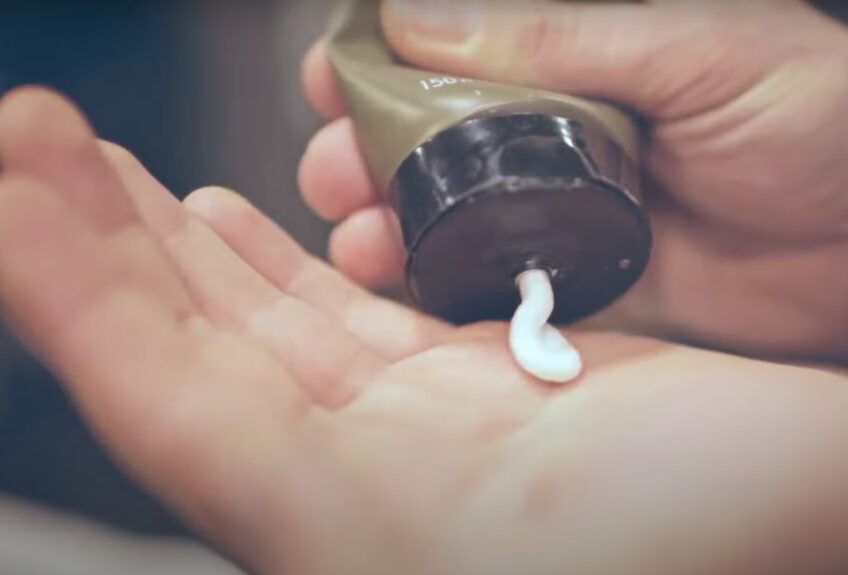
If your rash is due to a fungal or bacterial infection, OTC creams can be beneficial. Antifungal creams containing ingredients like clotrimazole or miconazole can effectively treat yeast-induced rashes.
For bacterial infections, antibacterial ointments like Neosporin can help. However, it’s essential to ensure the area is clean and dry before applying any cream. If the rash doesn’t improve within a week of using OTC treatments, consult a dermatologist.
2. Keep the Area Dry
Moisture exacerbates rashes. After showering or sweating, ensure you dry the underboob area thoroughly. Consider using a hairdryer in a cool setting to dry hard-to-reach areas.
Throughout the day, if you notice any moisture, use a soft cloth to pat the area dry. For those prone to excessive sweating, antiperspirant sprays can be applied to the area to reduce moisture.
3. Wear Breathable Fabrics
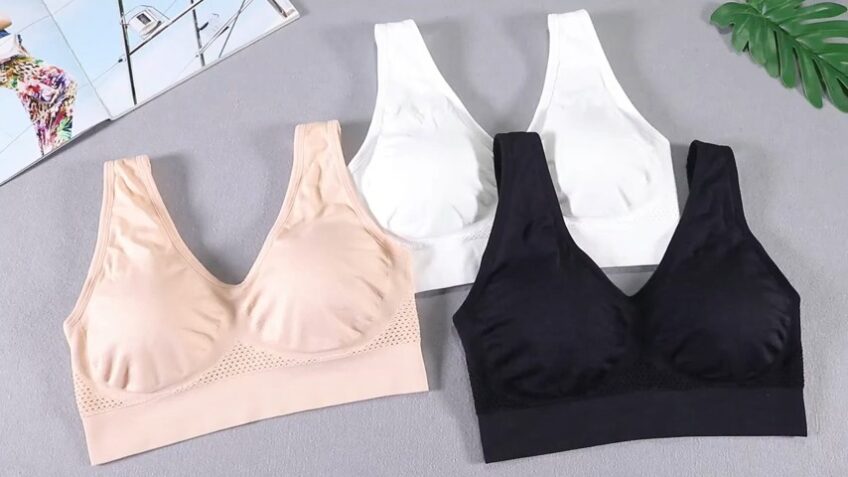
Your clothing can either alleviate or exacerbate rashes. Opt for bras and tops made from natural, breathable fabrics like cotton. These materials wick away moisture, reducing the chances of friction and irritation.
If you’re working out, ensure your sports bras are made of moisture-wicking materials to keep the area dry.
4. Cold Compress for Immediate Relief
For immediate relief from itching and burning, consider using a cold compress. Wrap some ice cubes in a cloth and gently press against the affected area for a few minutes. This can reduce inflammation and provide temporary relief. However, ensure the area is dried thoroughly afterward.
5. Aloe Vera Gel
Aloe Vera is known for its soothing and anti-inflammatory properties. Applying pure aloe Vera gel to the rash can alleviate itching and promote healing. Ensure you’re using a product with minimal additives to avoid further irritation.
If you have an aloe vera plant, extracting gel directly from its leaves is even better.
6. Avoid Irritating Products
If you suspect that a particular product is causing or exacerbating the rash, discontinue its use immediately. This includes certain body lotions, perfumes, or even laundry detergents. Switch to hypoallergenic or fragrance-free products.
When trying a new product, always do a patch test to ensure it doesn’t irritate your skin.
7. Consult a Dermatologist!
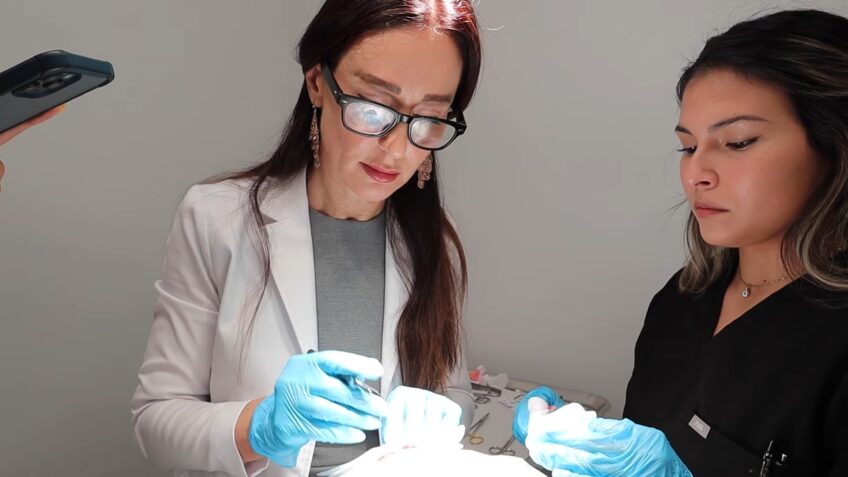
If your rash is persistent, spreading, or accompanied by other symptoms like fever, it’s crucial to consult a dermatologist. They can provide a proper diagnosis and recommend treatments tailored to your specific condition.
Sometimes, prescription-strength creams or oral medications might be required to treat the rash effectively.
FAQs:
How long does it take for underboob rashes to heal?
With proper care and treatment, most rashes heal within a week.
Is it common to get these during summer?
Yes, due to increased humidity and sweating, rashes under the breast are more common during summer.
Are there other skin conditions that can cause them?
Some other possible causes include psoriasis, eczema, and heat rash.
What are some treatments for intertrigo?
Treatment for intertrigo may include topical or oral steroids to decrease inflammation.
How can antiperspirants help?
Antiperspirants can be used to treat the symptoms of hyperhidrosis, and some are specifically made for body folds rather than underarms.
Conclusion: Take Control of Your Skin’s Health!
Underboob rashes, though common, can be a source of discomfort and distress. However, with the right knowledge and proactive measures, they can be effectively managed and even prevented.
By understanding the root causes, from clothing choices to dietary factors, and by implementing the treatment tips provided, you can take significant strides in ensuring the health and comfort of the skin beneath your breasts.
Always remember that while home remedies and over-the-counter solutions can be effective, persistent or severe rashes require professional attention. Never hesitate to consult a dermatologist or healthcare professional when in doubt. In the end, your skin’s health is an integral part of your overall well-being!
Also Read:
- What Causes Nosebleeds with Large Blood Clots?…
- Can You Get a Pedicure if You Have Toenail Fungus?…
- Dry Needling Piriformis: Find Relief for Sciatic Nerve Pain
- Celebrities With Lipedema: Did They Treat It With…
- What Kind Of Salads Does Burger King Have - Burger…
- Do I Have Kidney Stones or a UTI? How To Tell the Difference

